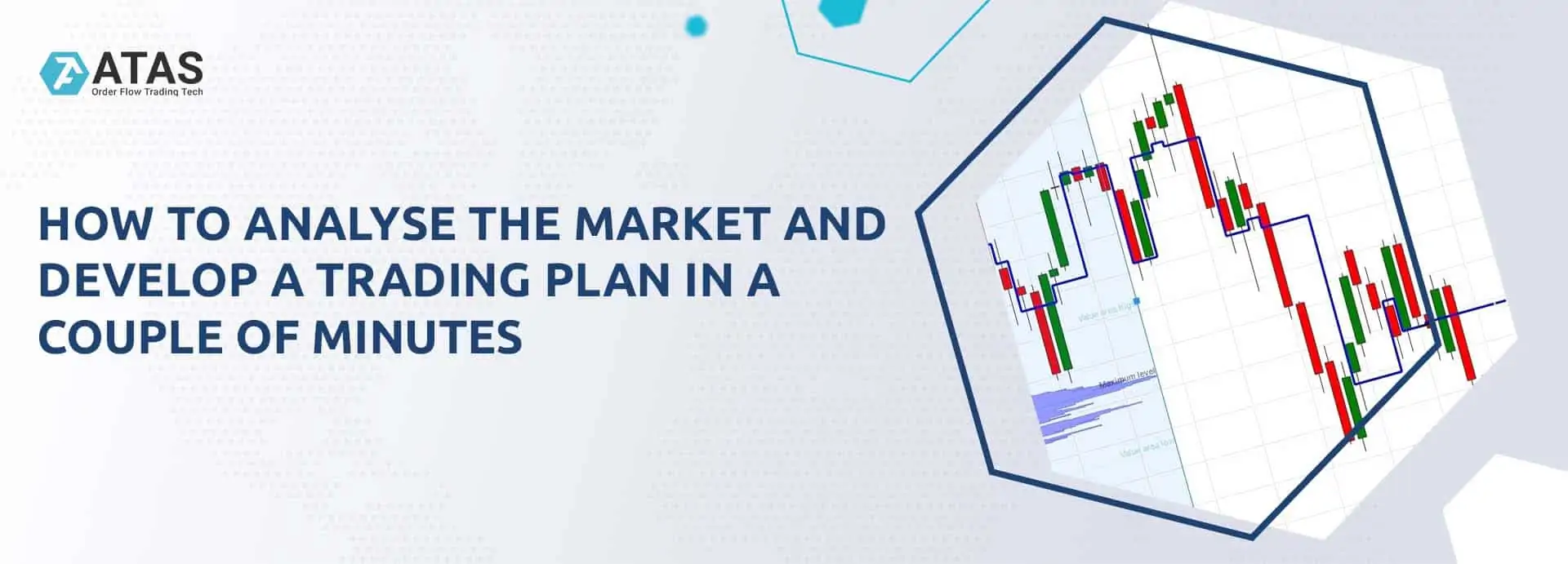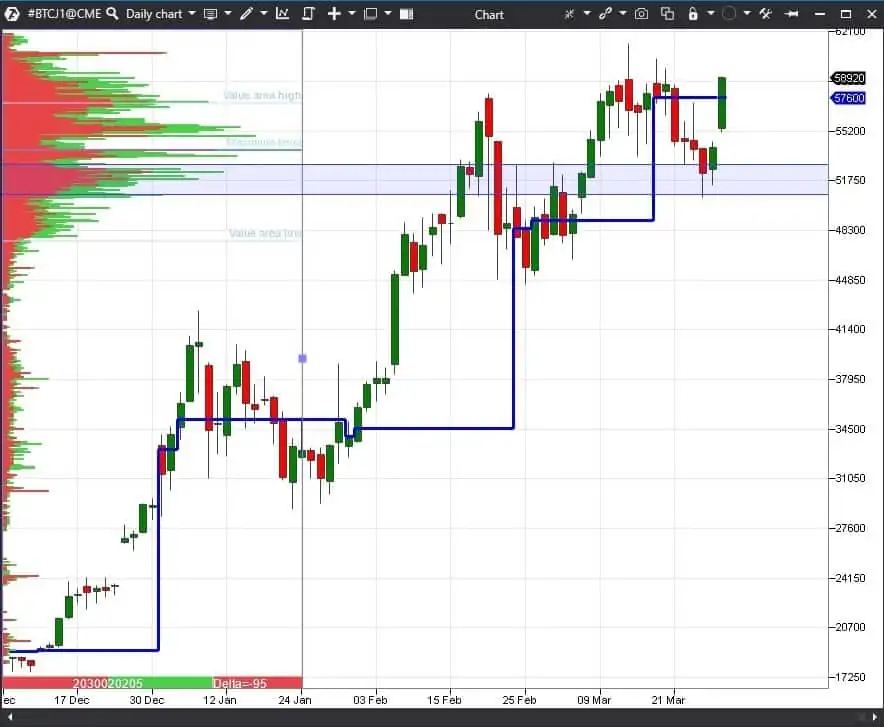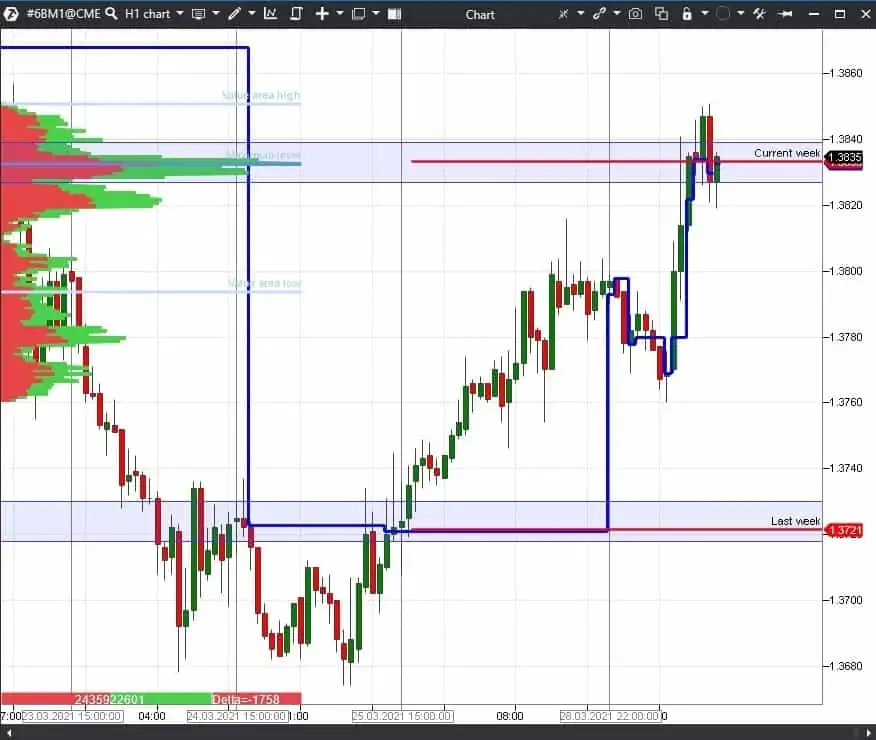How to develop a trading plan without headache
Why to analyse the market structure?
Very often traders are in a hurry to start trading. Besides, the existing variety of trading systems and indicators will always give a signal for trading. However, you shouldn’t hurry in this business because opening a trade against the current market moods will, most probably, be loss-making or have small profit potential.
Trading without taking into account the current market state is like swimming against the stream – a lot of effort with little result.
Even a good trading system will bring losses if you do not take into account the current market situation. If there is an uptrend in the market, opening a sell trade will, most probably, bring losses. If there is a downtrend, it is better to open sell trades rather than buy ones. If the market is in a flat, opening trades will not be efficient if you hope for significant movement. It is better to trade with short goals in a flat. All these things mean that it is very important to understand the current market situation and, before you start trading in accordance with some trading system, you should analyse the current market and:
- Identify the current market state – a flat or a trend.
- Identify key levels for the current market.
- Identify a dominant tendency.
- Select a trading system, which suits the current market best of all.
And only then you may start trading. You should have various trading systems in your arsenal, which match various markets. The flat market requires some systems while the trend one others. Let’s see how you could analyse the market structure based on indicators of the trading ATAS platform.
Market structure analysis on the daily time-frame
It makes sense to start analysing the market structure on the daily time-frame since the long-term market structure is always more important and it is not efficient to trade against the daily tendency. You can use two instruments for analysis:
- Fixed TPO and Profile with the Contract period. This instrument clearly shows main levels of the maximum volumes, accumulated for the traded contract.
- Dynamic Levels with the Monthly period. This indicator allows you to remove the Value Area levels and mark the maximum volume level.
The chart above shows the daily AUD/USD futures (6A) chart.
The chart in point 1 is in the state of a sure trend and the price is steadily above the maximum volume level of the Dynamic Levels indicator. The volume, which flows into the market, pushes the price up. The maximum volume level consistently grows. Trend trading systems will work well in such a situation.
The situation changed in point 2. The maximum volume level of the Dynamic Levels indicator moves chaotically falling down and rising up. It tells us that the market is in a flat state. The Fixed TPO and Profile maximum volume levels clearly show the market corridor boundaries. Entry points of the price bounces inside the corridor could be looked for from these levels. Flat trading strategies will work well in such a market. You will be able to correctly develop a trading plan if you understand the current market structure.
Let’s consider one more example:
The picture shows a CME Bitcoin futures chart. Bitcoin went into deep retracement several times but the maximum volume level of the Dynamic Levels indicator continued to move upwards only. It means that the uptrend hasn’t been broken yet and Bitcoin buys, when it bounces from the levels, are still relevant. The volume level of the Fixed TPO and Profile also serves as the Bitcoin support not allowing it to fall. Trend trading systems and uptrend buys continue to be efficient while the situation persists.
If you prefer intraday trading, it makes sense to consider the middle-term market structure deeper on a smaller time-frame.
Market structure analysis on the H1 time-frame
Middle-term market analysis could be carried out on the H1 time-frame. If the long-term and middle-term market structures coincide, it means that there is a sure tendency in the market and it makes sense to trade it. You can use the following instruments for middle-term analysis:
- Fixed TPO and Profile with the Current Week period. This instrument will clearly show main levels of the maximum volumes, which were accumulated during the current week.
- Dynamic Levels with the Weekly period. This indicator allows you to remove the Value Area levels and mark the maximum volume level.
- Two Maximum Levels indicators with the Last Week and Current Week periods.
The picture shows a GBP/USD futures (6B) chart. The Maximum Levels indicator clearly shows significant levels between which the price moves. Price bounces from these levels could give good market entry points in accordance with a long-term strategy.
Let’s consider one more example.
The picture shows an oil futures (CL) chart. The Maximum Levels and Fixed TPO and Profile indicators clearly show significant levels. Good opportunities for entering the market in accordance with the main tendency could emerge in the event of bouncing from these levels or breaking them.
Conclusions. What to do in practice?
A trader’s day should start from analysing the current market structure. Analyse the long-term and middle-term market structure. If you understand it, it will help you to:
- filter out loss-making trades;
- trade by a trend;
- notice significant levels.
And all these things will help you to trade more profitably and efficiently.
Information in this article cannot be perceived as a call for investing or buying/selling of any asset on the exchange. All situations, discussed in the article, are provided with the purpose of getting acquainted with the functionality and advantages of the ATAS platform.







